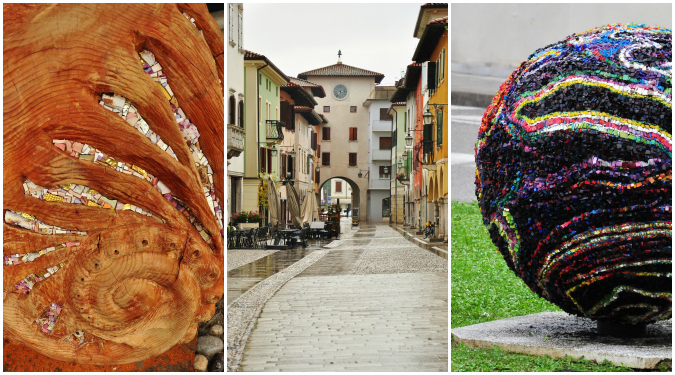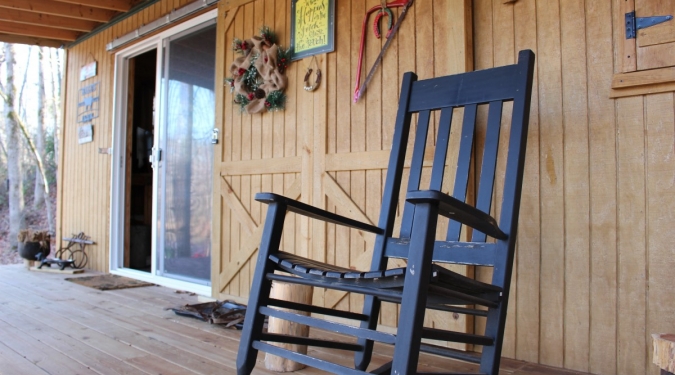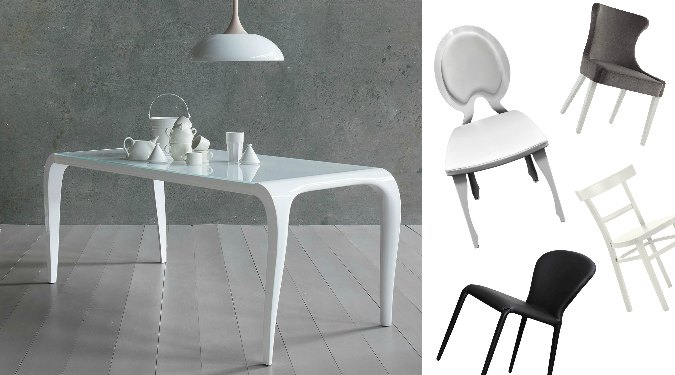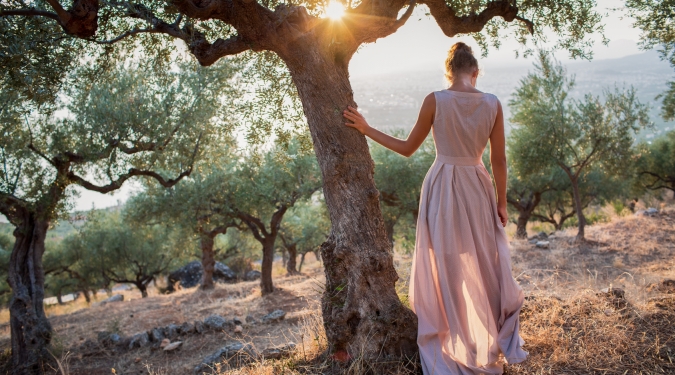Coffee - Italian Style vs. Other Styles
Coffee - Italian Style vs. Other Styles
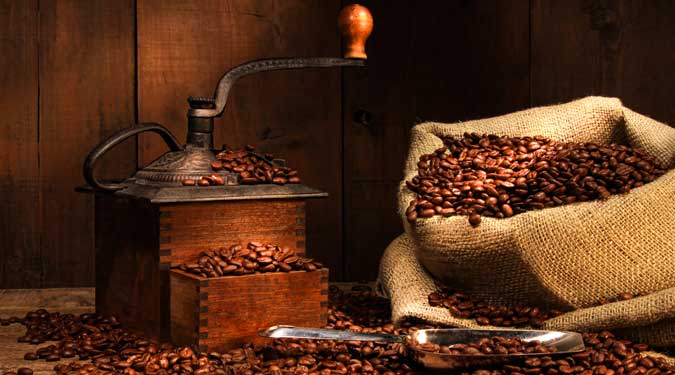
Ordering Coffee in America (and probably many other places)
Going to grab a coffee in the States usually means heading to a café with cozy armchairs, soft lighting and background music. You probably bring along a good book to read, your computer to surf the web, or you plan on a casual business meeting.
You order your 16-ounce double, not-too-hot, soy milk latté with two pumps of chocolate and half a pump of peppermint – no whip cream (and two straws). You are watching calories, after all!
Next, you settle in to a free table or squishy chair and wait for your name to be called.
“16-ounce, double, not-too-hot, soy milk latté with two pumps chocolate and half a pump of peppermint with two straws for Cletus!” (A friend once told me, when I noticed that he gave a different name to the barista, that he always uses the name Cletus when ordering at the coffee shop. Ha ha!)
Your steaming cup of milk with a hint of coffee and sugary syrups warms you inside and out. You drink slowly and linger at the café long after you’ve finished. It’s such a nice atmosphere!
What a culture shock it will be for you when you order a coffee in Italy.
Ordering Coffee in Italy
First, you should probably know that “lattè” in Italian actually means “milk.” If you order a “lattè” in Italy, they will probably ask you if you want it hot or cold and serve you just that; a glass of milk.
Second, you most likely won’t find a cozy arm chair or places to linger with your empty coffee cup and computer. Coffee is served at bars and cafés, usually with indoor and outdoor tables and quite normal seating. You order your coffee, you drink, you stay for a short while, and then you move along. I suppose that lingering is permitted in places with less traffic, but in busy locations, you practically have to fight for a spot at the counter to even order. Be sure you know what you want if that’s the case. Sometimes those baristas don’t have time to waste!
Third, it’s important to know that there are many different ways to order an espresso in Italian. A few to get you started include:
- espresso / liscio /caffè liscio (standard, or short, shot of espresso)
- espresso lungo /caffè lungo (a longer shot of espresso)
- caffè macchiato / macchiato freddo / macchiato caldo (literally, “macchiato” means stained. This is an espresso shot with a dab, or “stain,” of milk. It can be either cold – freddo – or hot – caldo.)
- macchiatone caldo / macchiatone freddo (same as above, only more milk)
- cappuccino (shot of espresso with foamed milk)
- caffè shakerato (shot of espresso shaken with sugar and milk)
- caffè corretto (shot of espresso with a small amount of liquor)
Do you want any of those made with decaf or caffè d’orzo? Orzo, barley in English, is actually a coffee substitute in Italy and doesn’t contain caffeine. There are many variations and probably a few that could be added to the list above, but you’ve got the idea. It’s up to you to head to Italy and discover the rest!
(I won't even get started on the coffee language that is used in Trieste, Friuli. That will require a separate blog post from an expert, so stay tuned!)
The Coveted Moka
When you’re not ordering a caffè macchiato freddo at the bar, you’re at home with the Moka. No, this is not the "mocha" you are probably thinking of. This is the little coffee pot that gurgles and hisses its good morning wishes to thousands and thousands of households in Italy every day. It’s a simple concept: fill the bottom pot with water up until the bottom of the safety valve, insert the funnel, gently add in your coffee without tamping it down, twist on the top, and place it over a low flame.
The Moka renders a small cup of coffee, not as strong as an espresso shot, but not as watery as a typical American coffee would be. Italians want to taste the flavor of the coffee instead of masking it with numerous sugary substances or too much water. The more use the Moka gets, the better the flavor (or as I like to think of it; the dirtier, the better!)
If you haven’t tried using a Moka, I highly recommend that you pick one up and give it a whirl. It’s also handy for camping trips and fits more easily in your kitchen than a traditional American coffee pot. Small apartment in the big city? This is the coffee pot for you!


